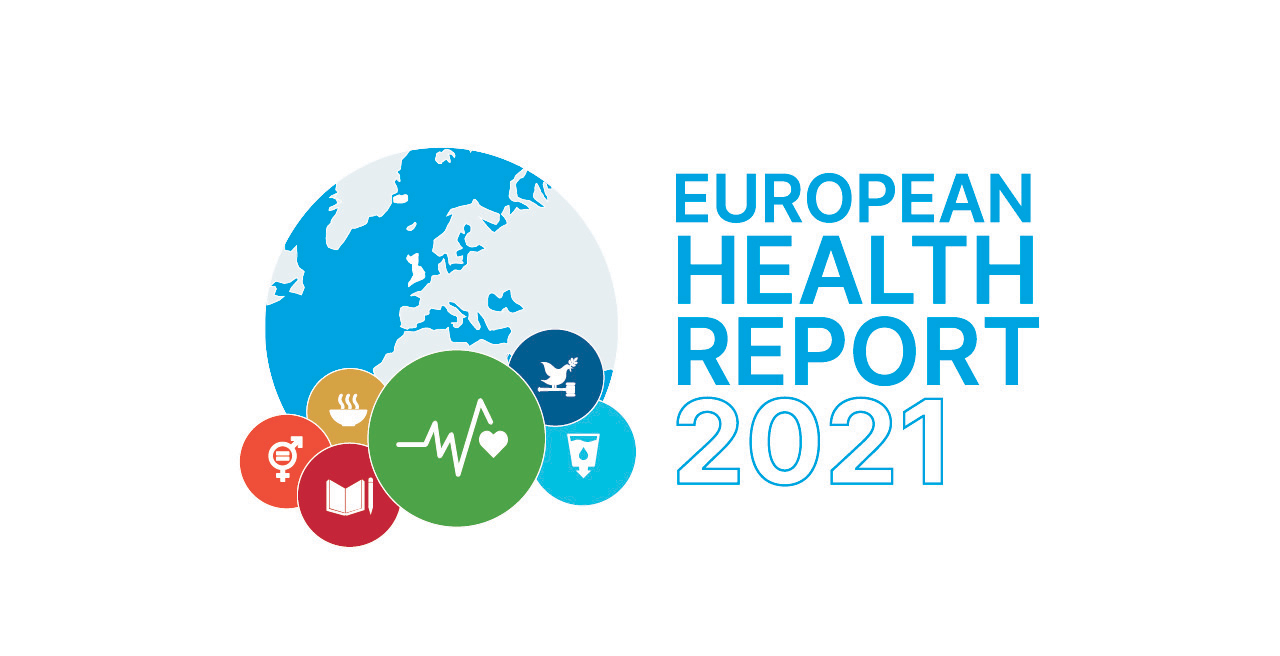The need for rehabilitation services in the WHO European Region

Overview
Rehabilitation aims to optimize functioning and reduce disability in individuals with health conditions in interaction with their environment. It is a cost-effective service that anyone may need at some point in their lives. Universal health coverage and the attainment of the Sustainable Development Goals cannot be achieved without access to quality rehabilitation without financial hardship. The Global Burden of Diseases, Injuries and Risk Factors Study 2019 assessed the prevalence and incidence as well as years lived with disability resulting from over 300 diseases and injuries. From this dataset this report describes the need for rehabilitation services in the WHO European Region. A total of 25 disease causes, impairments and sequelae that are amenable to rehabilitation at some point in their course were identified. For each Member State of the WHO European Region, the need for rehabilitation was described by presenting the prevalence and years lived with disability of the conditions amenable to rehabilitation. Data are disaggregated by age group (0–14 years, 15–64 years, ≥ 65 years) and sex as well as according to seven groups of health conditions: musculoskeletal disorders, neurological disorders, sensory impairments, mental disorders, chronic respiratory diseases, cardiovascular diseases and neoplasms. In the WHO European Region in 2019, 394 million people had a health condition amenable to rehabilitation during its course. This represents two in five people. Musculoskeletal disorders, sensory impairments and neurological disorders were the most prevalent groups of health conditions. The significant rehabilitation needs in the overall population require strong rehabilitation services.




